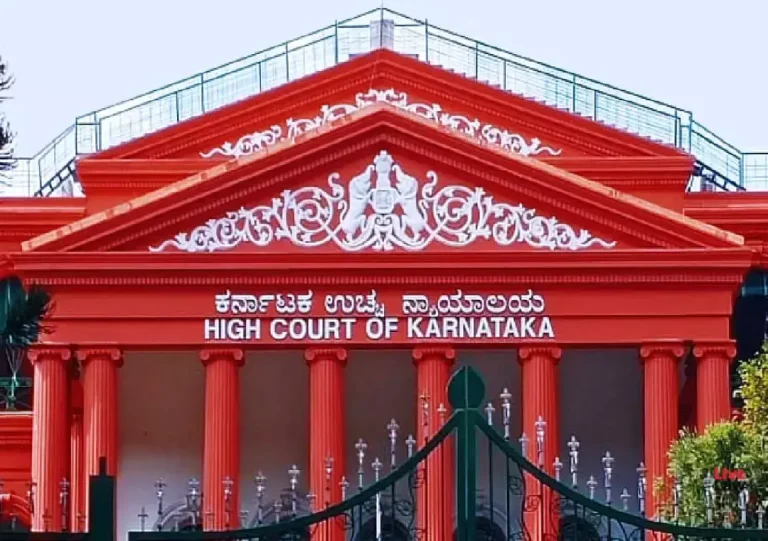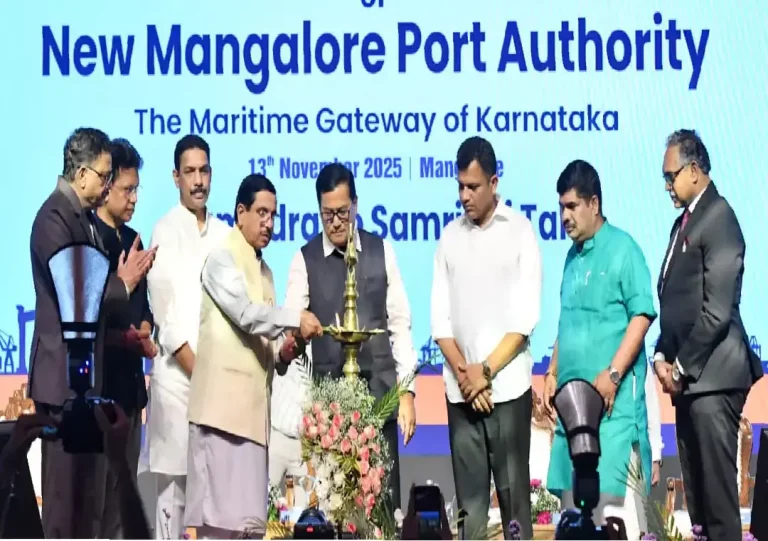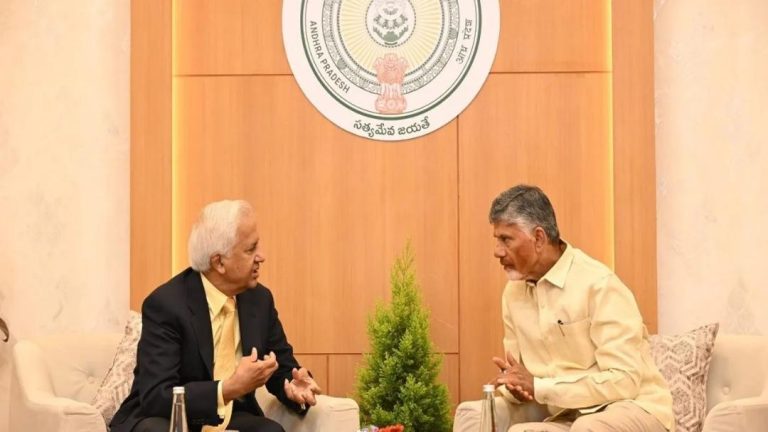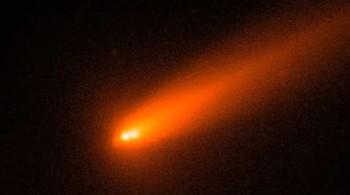
All 3 Pahalgam terrorists different from those whose sketches J&K Police had released: Report
In a shocking turn of events, the Jammu and Kashmir Police have reportedly found that the three terrorists involved in the recent attack on a tourist bus in Pahalgam are different from the ones whose sketches were released by the police earlier. This revelation has raised several questions about the accuracy of the police investigation and the effectiveness of their efforts to identify and apprehend the culprits.
According to a report by The Indian Express, the three terrorists involved in the attack were identified as Suleiman Shah, who was reportedly involved in the Z-Morh tunnel terrorist attack, and two others whose identities are still unknown. The report states that the police had received a picture of Shah and the other two militants from JR Bhat’s phone, which was recovered during a gunfight in which Bhat was killed.
It may be recalled that the Jammu and Kashmir Police had released sketches of the three terrorists involved in the Pahalgam attack, based on the description provided by eyewitnesses and the security cameras installed in the area. However, it appears that these sketches were inaccurate, and the police had to re-start their investigation from scratch.
The discovery that the three terrorists are different from the ones whose sketches were released has raised several questions about the police investigation. How did the police manage to release inaccurate sketches? Was there a lack of coordination between the police and the National Investigation Agency (NIA)? Did the police rely too heavily on eyewitness accounts, which may have been flawed?
The Pahalgam attack, which took place on August 8, was a shocking incident in which a group of terrorists attacked a tourist bus carrying pilgrims from Jammu to Amarnath. The attack resulted in the death of eight people, including seven pilgrims and a policeman. The incident had sent shockwaves across the country, with many calling for stricter security measures to be put in place to protect the lives of tourists and pilgrims.
The police had launched an investigation into the attack, collecting evidence from the crime scene and questioning eyewitnesses. Based on the evidence collected, the police had released the sketches of the three terrorists involved in the attack. However, it appears that these sketches were inaccurate, and the police had to re-start their investigation from scratch.
The report by The Indian Express states that the police had received a picture of Shah and the other two militants from JR Bhat’s phone, which was recovered during a gunfight in which Bhat was killed. Bhat was a co-accused in the Z-Morh tunnel terrorist attack, and it appears that he had been in touch with the three terrorists involved in the Pahalgam attack.
The discovery of this new evidence has raised several questions about the connections between the Pahalgam attack and the Z-Morh tunnel terrorist attack. Was there a link between the two attacks? Were the same terrorist groups involved in both incidents? Did the police fail to notice the connections between the two attacks, and did this failure contribute to the release of inaccurate sketches?
The Pahalgam attack and the subsequent release of inaccurate sketches have raised several questions about the effectiveness of the police investigation. How can the police ensure that their investigations are accurate and thorough? How can they prevent the release of inaccurate information to the public? What measures can be put in place to prevent similar incidents from happening in the future?
In conclusion, the discovery that the three terrorists involved in the Pahalgam attack are different from the ones whose sketches were released is a shocking revelation that has raised several questions about the accuracy of the police investigation. The police need to take a close look at their investigation and identify the mistakes that were made. They need to ensure that their investigations are accurate and thorough, and that they do not release inaccurate information to the public. Only then can they restore confidence in their ability to protect the lives of tourists and pilgrims.






